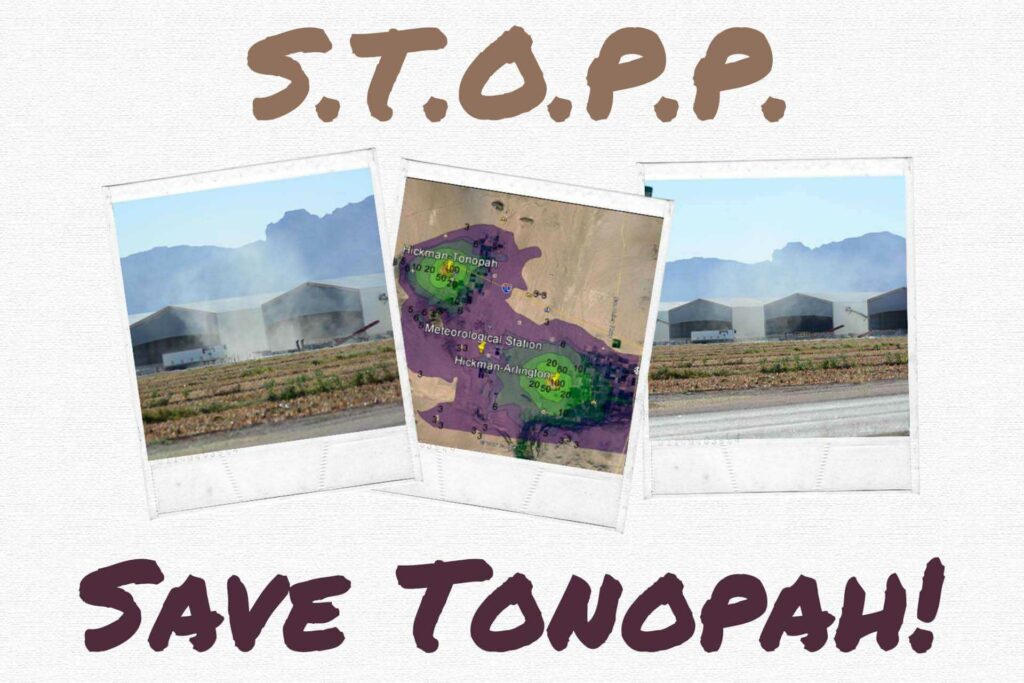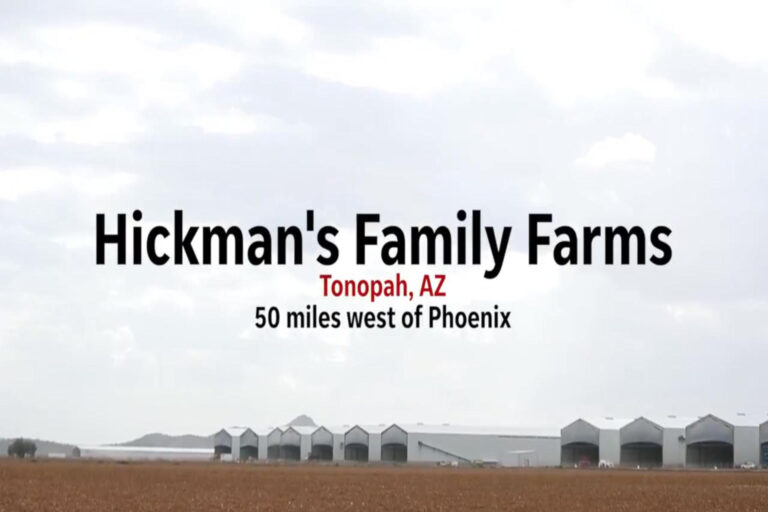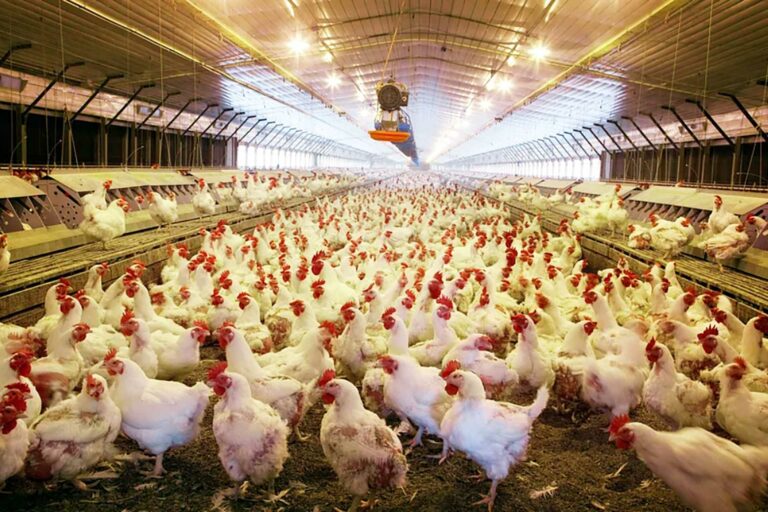
Summary
In 1991, Dan and June Blackson built their dream home in the serene outskirts of Tonopah, Arizona. Nestled near Saddle Mountain, this picturesque location was supposed to be their retirement haven, a place where they could enjoy the tranquility of rural living. They cherished the arid landscape and lived harmoniously with the challenges that come with it, like relying on groundwater. However, their idyllic life took an unexpected turn in 2014 when Hickman’s Family Farms, Arizona’s largest egg producer, set up a massive factory nearby. This marked the beginning of a battle for the soul of Tonopah.
The Arrival of Hickman’s Factory
Hickman’s Family Farms arrived in Tonopah in 2014, bringing with it a sprawling factory consisting of 14 colossal barns housing millions of hens. While this promised economic growth for some, it also unleashed a series of environmental and health challenges for the community.
The factory emitted an overwhelming stench of chicken waste and brought a deluge of dead birds, making life unbearable for the Tonopah residents. Even though Maricopa County issued air quality permits and the state Department of Environmental Quality claimed there was “no apparent immediate health concern,” the locals weren’t convinced. They captured videos of feathers and filth in the air, chronicled chicken guts littering local roads, and fought off relentless swarms of flies. To them, the idea that there was no immediate health risk seemed inconceivable.
The Battle for Tonopah
In response to the growing crisis, some residents decided to take a stand. Linda Butler initiated a boycott of Hickman’s eggs, distributing fliers and raising awareness in local stores. The Save Tonopah Oppose Poultry Plant (STOPP) group was formed, uniting residents and local businesses against the factory. Lawsuits were filed, alleging that Hickman’s had deprived them of the right to enjoy their property. These cases are still pending, with the nearest trial at least a year away.
Filmmakers Matt Wechsler and Annie Speicher documented the struggle in their documentary, “Right to Harm,” highlighting the public health impacts of concentrated animal feeding operations (CAFOs). Tonopah was one of the five communities featured.
Jim Manos, CFO of Hickman’s, responded to the negative claims in the documentary, stating that locals had implicitly consented to the factory’s presence due to the area’s zoning for agricultural use.
The Inherent Challenges
The fight against Hickman’s presents significant challenges. Tonopah’s unincorporated status means limited local representation. Maricopa County Supervisor Clint Hickman, who oversees the county’s Air Quality Department issuing permits to Hickman’s, is, in fact, VP of sales and marketing at Hickman’s Family Farms.
The prevailing sentiment among residents is a sense of powerlessness. Meetings and activism efforts draw inconsistent crowds, leading many to believe that Hickman’s is here to stay. Nonetheless, some, like Dan Blackson, refuse to give up, clinging to their belief that Tonopah should be a place to enjoy as it once was.
A Community on the Brink
As Hickman’s continues to operate, Tonopah residents are faced with a dire choice. The once-thriving Saddle Mountain RV Park is closing its doors due to dwindling visitors. This, in turn, affects other local businesses, including restaurants like Oscar’s Place Y Cantina.
For many, the RV park’s closure means an uncertain future. The majority of its residents are seniors, and the community feels like home to them. The prospect of losing their extended family is devastating.
Sonia Lopez’s son, Justin Rodriguez, bears the physical toll of living near Hickman’s. His asthma, once manageable, has become debilitating. His constant illnesses have disrupted his education, and his health declined significantly after the factory’s arrival.
Proving a direct link between Hickman’s and Rodriguez’s health issues is challenging, as environmental exposure involves numerous factors. Nevertheless, his mother, Lopez, is convinced that Hickman’s is the root cause of his deteriorating health. Their struggle exemplifies the difficulty of establishing causation in such complex environmental issues.
Conclusion
The story of Tonopah, Arizona, is one of resilience in the face of adversity. Despite the overwhelming challenges posed by Hickman’s Family Farms, some residents continue to fight for their community. They refuse to accept that this rural paradise, once cherished for its peace and serenity, is destined to become a victim of industrial expansion.
As the battle rages on, one fact remains certain: Tonopah will never be the same again, and the resilience of its residents in the face of environmental adversity is a testament to the human spirit.



